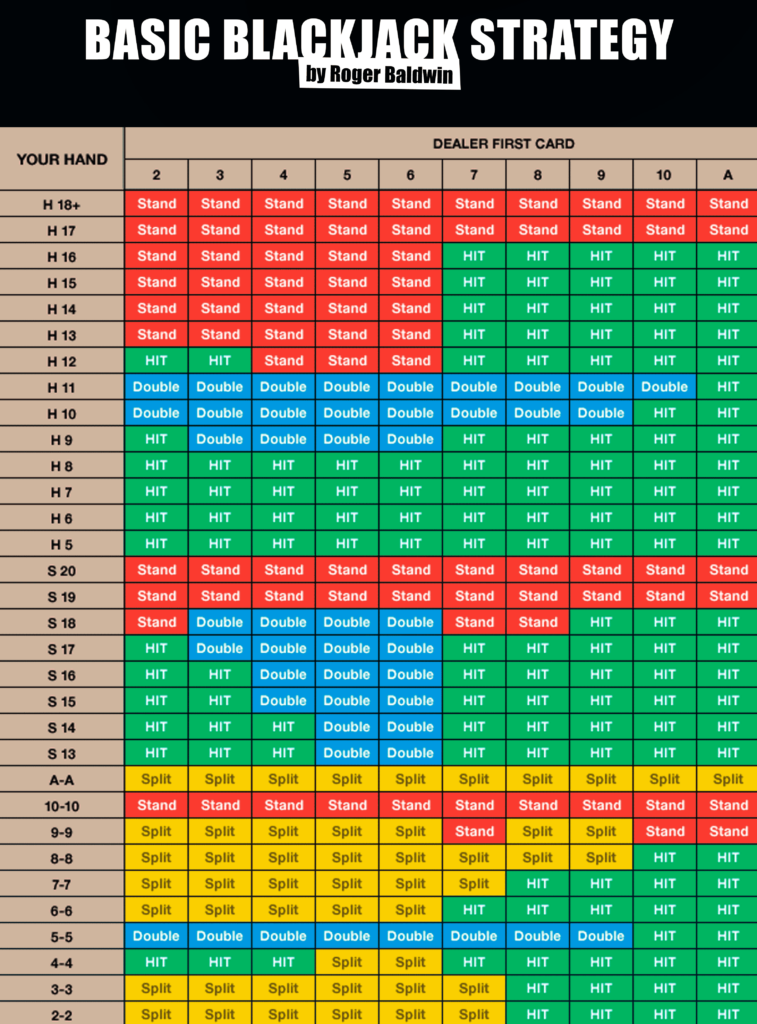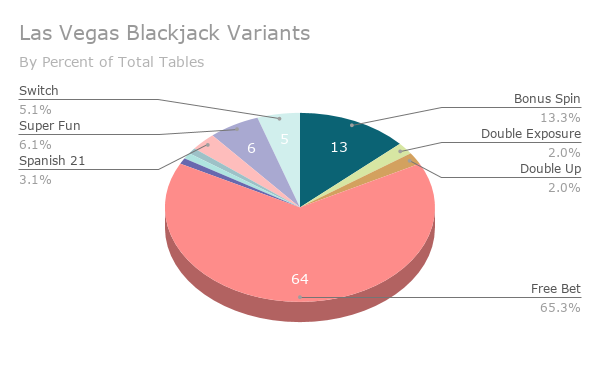With online gambling taking off in recent years, it has opened up a new and exciting way for players to enjoy blackjack.
Discover the Best Online Blackjack Variations
Table of Contents
- 1 Different Online Blackjack Variations
- 2 Introduction
- 3 Advantages of Playing Blackjack Variations
- 4 Variations of Blackjack Rules
- 5 Blackjack Games with Side Bets
- 6 How to Prepare Before Trying a New Variation
- 7 Different Types of Blackjack Games
- 7.1 Classic Blackjack
- 7.2 European Blackjack
- 7.3 American Blackjack
- 7.4 Atlantic City Blackjack
- 7.5 Vegas Strip Blackjack
- 7.6 Progressive Blackjack
- 7.7 Buster Blackjack
- 7.8 Pontoon
- 7.9 Match Play 21
- 7.10 Face Up 21
- 7.11 Perfect Pairs Blackjack
- 7.12 Multi-Hand Blackjack
- 7.13 Spanish 21
- 7.14 Double Exposure Blackjack
- 7.15 Lucky 13s Blackjack
- 7.16 Switch Blackjack
- 8 Blackjack Variants FAQs
- 8.1 How many blackjack variations are there to play?
- 8.2 What are some of the most popular online blackjack variants?
- 8.3 What is perfect pair in blackjack games?
- 8.4 Can I play more than one hand at once?
- 8.5 Are side bets worth in online blackjack?
- 8.6 What is the house edge for blackjack variations?
- 8.7 Are there any strategies I can use when playing blackjack variants?
Different Online Blackjack Variations
Introduction
Blackjack is one of the most popular casino games in the world, enjoyed by millions of players every day. It’s a game with simple rules but offers a wide range of strategic decisions that can be made to gain an edge over the house. With online gambling taking off in recent years, it has opened up a new and exciting way for players to enjoy blackjack. There are numerous variations available online which cater to all types of players, ranging from beginner to expert. In this article we’ll explore some of the best online blackjack variations out there and how they differ from each other.
Advantages of Playing Blackjack Variations
There are several advantages to playing blackjack variations online. The most obvious one is the convenience it offers as players don’t have to leave their house to play and they can access these games from anywhere with an internet connection. Other benefits include the ability to take part in promotions, bonuses or tournaments that wouldn’t be available at a physical casino and get the best possible odds on each game thanks to advanced algorithms used by the casinos.
Variations of Blackjack Rules
Dealers Rules
The most common variation of the game is when it comes to what the dealer must do in certain situations. In some versions of the game, a ‘soft 17’ means that the dealer must hit if they have a soft total of 17 or less. This means that if their hand consists of an Ace and 6 (or any combination which yields less than 17 points) then they will hit. On the other hand, a ‘hard 17’ rule states that regardless of how many cards are used, if the total is 17 or more then the dealer must stand.
Decks
The number of decks used in a game of blackjack also varies from one version to the next. The traditional game is normally played with two or more full decks, but there are some variations that use fewer decks which can give players an edge as it decreases the house edge. For example, if only one deck was used then the player would be able to track which cards have already been dealt and make better decisions based on this information.
Cards Resplitting
This is a rule which states that players are allowed to split their hand into two separate hands if they get the same card twice. For example, if you have been dealt a pair of Aces then you can choose to split them and play with two separate hands. The number of times this is allowed usually varies from one version to another, so it’s important that you check what each game offers before playing.
Doubling / Splitting
Doubling is when a player doubles their bet after receiving their initial two cards. This can be done with any total and it increases the potential winnings significantly, but also carries more risk. Splitting on the other hand is when you split your original two cards into two separate hands and play them individually. This is only allowed if you have been dealt two of the same card (e.g Aces) and again it can increase your chances of winning, but also carries risks.
Surrendering
Surrendering is an option which not all variations of the game offer, but it allows players to give up their hand and lose only half their original bet rather than the full amount. It’s a useful option when you have a bad hand or if you think the dealer has a better chance of winning.
Payouts
The payouts in blackjack vary from one version to the other. Most of them offer a 3:2 payout for a natural blackjack (21 with two cards), but some variations offer different payouts depending on how many decks are used, who won and a few other factors. It’s important that you check what each game offers before playing as this can have an impact on your winnings.
Peek
The peek rule states whether or not the dealer can look at their hidden card before deciding what move to make. In some variations of the game, dealers are allowed to peek if they have a possible blackjack, while other versions don’t allow them to do so no matter what. The number of decks used in a game also affects this rule, as usually more decks means that the dealer gets to see their hidden card regardless of their total.
House Edge
The house edge is the mathematical advantage that the casino has over players in any given game. It’s important to know what this is for each version of blackjack as it can have a big impact on how profitable the game is for you. The house edge varies from one variant to another and usually ranges between 0.5% and 1%.

Blackjack Games with Side Bets
Some versions of blackjack also offer additional side bets which can help to increase the potential payouts. These side bets are usually based on whether or not certain combinations are dealt, for example if you get a natural blackjack (21 with two cards). These side bets usually have a much higher house edge than regular blackjack, so it’s important to remember this when playing.
How to Prepare Before Trying a New Variation
It’s important to understand what each version of blackjack offers before playing as this can have a big impact on how profitable the game is for you. It’s worth doing some research and looking into the rules, payouts, house edge and any additional side bets that are available. You should also practice the game for free before playing with real money so that you can get a feel for it.

Different Types of Blackjack Games
Classic Blackjack
This is the classic version of blackjack that most players are familiar with. It’s played with one or two decks and the basic rules remain the same as in all other variations. The biggest difference between this and other games is usually the payouts for a natural blackjack (21 with two cards).
European Blackjack
European blackjack is very similar to classic blackjack, but there are a few differences. This card game is usually played with two decks and the dealer does not take a hole card (so they can’t peek for a possible blackjack). In addition, players can only double down on hard totals of 9-11 and splitting is limited to one time only.
American Blackjack
American blackjack is a slightly different variation of the game which is usually played with six decks. The dealer takes a hole card, so they can peek for a natural blackjack, and players are also allowed to double down after splitting.
Atlantic City Blackjack
This variation is played with eight decks and allows players to double down on any total. It also allows you to split pairs up to three times, but there are no re-splitting aces. The dealer must stand on all 17s and can peek for blackjack if their face-up card is an Ace or a 10 value card.
Vegas Strip Blackjack
Vegas Strip Blackjack is played with four decks of cards and offers the same rules as classic blackjack. Players can double down on any two cards and resplit Aces up to four times. The dealer has to hit soft 17s in this version and can peek for blackjack when their face-up card is an Ace or a 10 value card.
Progressive Blackjack
Progressive blackjack is a variation of the game which is linked to a progressive jackpot. In order to be eligible for the jackpot, players must make an additional side bet and then if they hit certain combinations, such as four suited Aces or better, they will receive the full amount of the jackpot.
Buster Blackjack
Buster Blackjack is a variation of the game which uses an added bonus bet. Players can make an optional side bet before any cards are dealt and if the dealer busts with three or more cards, then players will receive a bonus payout according to their wager.
Pontoon
Pontoon is a variant of blackjack which is very popular in the UK. It’s played with two or more decks and the aim of the game is to achieve a total of 21 without going bust. The biggest difference between pontoon and classic blackjack is that players are not allowed to split cards, but they can double down on any two cards.
Match Play 21
Match Play 21 is a variation of blackjack which offers higher payouts for certain hands. It’s played with six decks and the rules are very similar to classic blackjack, but the dealer must hit on soft 17s. There are also additional side bets available which offer higher payouts for certain card combinations, such as “super 7s” or “match play 21″.
Face Up 21
Face Up 21 is a variation of blackjack which has slightly different rules. It’s usually played with six decks and the dealer deals their cards face up (as opposed to face down). Players can double down on any two cards and also after splitting, but they cannot re-split aces.
Perfect Pairs Blackjack
Perfect Pairs Blackjack is a variation of the game which offers an additional side bet. Players can place a wager on whether or not their first two cards will form a pair (same suit, same rank or both different). If they achieve this, then they will receive a bonus payout according to their wager.
Multi-Hand Blackjack
Multi-Hand Blackjack is a variation of the game which allows players to play multiple hands at once. It’s usually played with six decks and the rules are the same as classic blackjack, but players can split up to three times and double down after splitting.
Spanish 21
Spanish 21 is a variation of blackjack which is played with eight decks. It’s very similar to classic blackjack, but the rules are slightly different. Players can surrender at any time, double down on any two cards and also after splitting, and they can re-split up to three times.
Double Exposure Blackjack
Double Exposure Blackjack is a variation of the game which gives the dealer two face-up cards. It’s played with six decks and the rules are very similar to classic blackjack, but players cannot double down after splitting.
Lucky 13s Blackjack
Lucky 13s Blackjack is a variation of the game which offers an additional side bet. Players can place a wager on whether or not their first two cards will form a pair (same rank) and if they achieve this, then they will receive a bonus payout according to their wager.
Switch Blackjack
Switch Blackjack is a variation of the game which allows players to switch their second card with the dealer’s upcard. It’s played with six decks and the rules are very similar to classic blackjack, but players can double down on any two cards and also after splitting.
Blackjack Variants FAQs
How many blackjack variations are there to play?
There are many different blackjack variations available to play, each featuring slightly different rules and side bets. Some of the most popular variants include classic blackjack, buster blackjack, pontoon, match play 21, face up 21 and perfect pairs blackjack.
What are some of the most popular online blackjack variants?
The most popular online blackjack variants include Classic Blackjack, Buster Blackjack, Pontoon, Match Play 21, Face Up 21 and Perfect Pairs Blackjack
What is perfect pair in blackjack games?
Perfect Pair is an optional side bet which can be placed in some blackjack variations. The aim of the bet is to predict whether or not your first two cards will form a pair (same rank, same suit or both different). If you achieve this, then you will receive a bonus payout according to your wager.
Can I play more than one hand at once?
Yes, some variations of blackjack allow players to play multiple hands at once. One example is Multi-Hand Blackjack, where players can split up to three times and double down after splitting.
Are side bets worth in online blackjack?
Side bets are an optional extra which can be placed in some blackjack variations. They usually offer higher payouts than the main game, but they come with a much higher house edge, so it’s important to weigh up the risk vs reward before placing any side bets.
What is the house edge for blackjack variations?
The house edge in blackjack varies depending on the variation that you are playing. Generally speaking, the house edge tends to be lower when playing classic blackjack than it is when playing variants such as Perfect Pairs Blackjack and Switch Blackjack.
Are there any strategies I can use when playing blackjack variants?
Yes, many of the same basic strategies which apply to classic blackjack also apply to other variants. These include knowing when to hit, stand, double down or surrender according to your total hand value and what cards have been dealt. It’s important to remember that each variation has its own unique rules, so it’s always wise to read up on these before playing.


















